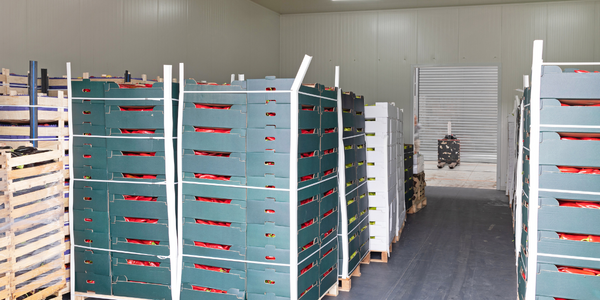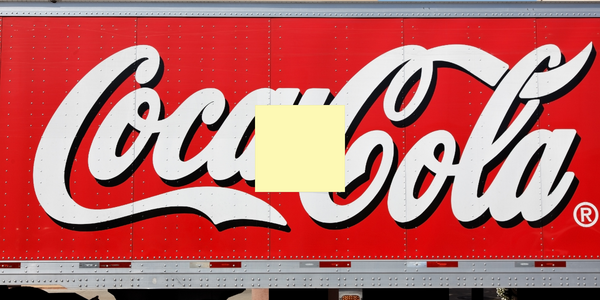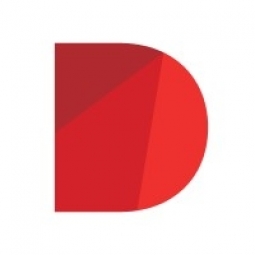公司规模
Large Corporate
地区
- America
- Europe
国家
- United States
- Canada
产品
- Diligent Entities
技术栈
- Data Management
- Data Reporting
实施规模
- Enterprise-wide Deployment
影响指标
- Productivity Improvements
- Cost Savings
技术
- 平台即服务 (PaaS) - 数据管理平台
适用行业
- 食品与饮料
适用功能
- 商业运营
服务
- 数据科学服务
关于客户
Sysco Corporation 成立于 1969 年,是食品和相关产品供应领域的全球领导者,主要服务于餐饮或外卖行业。该公司为超过 650,000 个客户地点提供产品和相关服务,包括餐厅、医疗保健和教育机构、住宿场所和其他餐饮服务客户。Sysco 在全球拥有 320 多个分销设施,2019 年的销售额为 601 亿美元。该公司拥有超过 69,000 名员工。Sysco 正确公司治理的基本原则是“做正确的事”,将其业务建立在与客户、供应商、社区和股东建立良好关系的基础上,而这种关系取决于相互信任和理解。
挑战
Sysco Corporation 是食品和相关产品的全球领导者,在管理其遍布美国、加拿大、欧洲、中国和南美等不同地区的 300 多个活跃实体和部门时面临重大挑战。该公司面临的最大风险是及时了解每个实体的业务运营情况并确保其信誉良好。Sysco 的运输车辆经常跨越州界,如果其运营的实体信誉不佳,他们可能会面临巨额罚款。该公司需要一个系统,使他们不仅可以跟踪美国和加拿大的公司,还可以跟踪欧洲、中国和南美的公司。他们之前使用的系统非常有限,缺乏灵活性。
解决方案
Sysco 采用了 Diligent Entities,该系统提供了公司所需的灵活性和全面的跟踪功能。Diligent Entities 使 Sysco 能够管理实体的各个方面,包括随时了解高管和董事的最新情况、跟踪假定和以前的名称及其存在日期,以及了解每个实体有资格在哪些司法管辖区开展业务。该系统还使 Sysco 能够跟踪他们如何提交文件(无论是通过电子方式还是通过普通邮件),以及他们是否自己提交文件或是否有第三方参与。还可以跟踪每个单独文件的成本,从而提供有关公司费用的宝贵见解。该系统将 Sysco 的所有实体信息集中在一个地方,即使关键人员不在办公室也可以轻松访问。
运营影响
数量效益

Case Study missing?
Start adding your own!
Register with your work email and create a new case study profile for your business.
相关案例.

Case Study
The Kellogg Company
Kellogg keeps a close eye on its trade spend, analyzing large volumes of data and running complex simulations to predict which promotional activities will be the most effective. Kellogg needed to decrease the trade spend but its traditional relational database on premises could not keep up with the pace of demand.

Case Study
HEINEKEN Uses the Cloud to Reach 10.5 Million Consumers
For 2012 campaign, the Bond promotion, it planned to launch the campaign at the same time everywhere on the planet. That created unprecedented challenges for HEINEKEN—nowhere more so than in its technology operation. The primary digital content for the campaign was a 100-megabyte movie that had to play flawlessly for millions of viewers worldwide. After all, Bond never fails. No one was going to tolerate a technology failure that might bruise his brand.Previously, HEINEKEN had supported digital media at its outsourced datacenter. But that datacenter lacked the computing resources HEINEKEN needed, and building them—especially to support peak traffic that would total millions of simultaneous hits—would have been both time-consuming and expensive. Nor would it have provided the geographic reach that HEINEKEN needed to minimize latency worldwide.

Case Study
Energy Management System at Sugar Industry
The company wanted to use the information from the system to claim under the renewable energy certificate scheme. The benefit to the company under the renewable energy certificates is Rs 75 million a year. To enable the above, an end-to-end solution for load monitoring, consumption monitoring, online data monitoring, automatic meter data acquisition which can be exported to SAP and other applications is required.

Case Study
Coca Cola Swaziland Conco Case Study
Coco Cola Swaziland, South Africa would like to find a solution that would enable the following results: - Reduce energy consumption by 20% in one year. - Formulate a series of strategic initiatives that would enlist the commitment of corporate management and create employee awareness while helping meet departmental targets and investing in tools that assist with energy management. - Formulate a series of tactical initiatives that would optimize energy usage on the shop floor. These would include charging forklifts and running cold rooms only during off-peak periods, running the dust extractors only during working hours and basing lights and air-conditioning on someone’s presence. - Increase visibility into the factory and other processes. - Enable limited, non-intrusive control functions for certain processes.

Case Study
Temperature Monitoring for Restaurant Food Storage
When it came to implementing a solution, Mr. Nesbitt had an idea of what functionality that he wanted. Although not mandated by Health Canada, Mr. Nesbitt wanted to ensure quality control issues met the highest possible standards as part of his commitment to top-of-class food services. This wish list included an easy-to use temperature-monitoring system that could provide a visible display of the temperatures of all of his refrigerators and freezers, including historical information so that he could review the performance of his equipment. It also had to provide alert notification (but email alerts and SMS text message alerts) to alert key staff in the event that a cooling system was exceeding pre-set warning limits.

Case Study
Coca-Cola Refreshments, U.S.
Coca-Cola Refreshments owns and manages Coca-Cola branded refrigerators in retail establishments. Legacy systems were used to locate equipment information by logging onto multiple servers which took up to 8 hours to update information on 30-40 units. The company had no overall visibility into equipment status or maintenance history.







